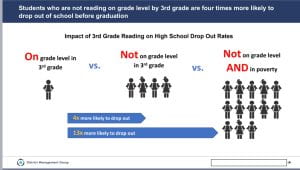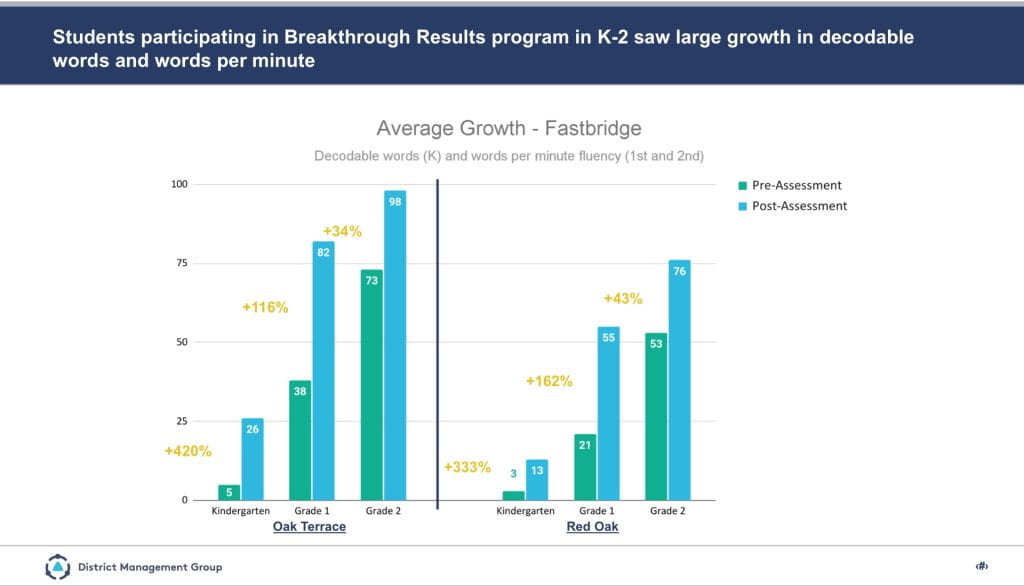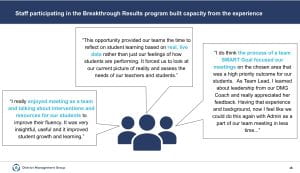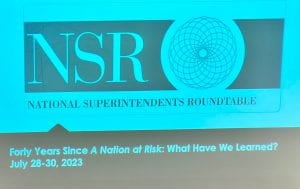 As I shared in the first post on this topic, we convened in Los Angeles to remember A Nation at Risk, look at lessons learned, and, more importantly, look forward to the future – What Have We Learned? was the overarching question!
As I shared in the first post on this topic, we convened in Los Angeles to remember A Nation at Risk, look at lessons learned, and, more importantly, look forward to the future – What Have We Learned? was the overarching question!
In the last post, I started to identify what Jim Harvey reflected on with respect to some of the controversial issues related to the Report and its construction process. 40 years later … the sad reality/perspective from one of the writers is that the folks in charge of the report had a conclusion ready before the report was even written … they then used the report writing process to find data to fulfill and justify their already determined conclusions. One could even suggest that they “cooked the books”
The social ills that the people who were writing the report tried to get in the report included poverty, racism, and funding inequities — these were raised during the 18-month writing process, and they were ignored. These are still social ills plaguing the nation, including the public schools in all 50 states! Our speaker argues that the Commission missed the argument. Casting educators as “enemies” of economic progress was preposterous, he argues.
Blaming schools makes NO sense for out-of-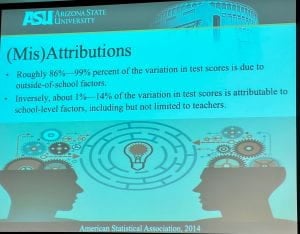
Worthy of review and discussion, especially 40 years past the “reform” movement …school factors. Out-of-school factors have had, continue to have, and will continue to have MASSIVE impacts on student performance. As one of our other experts shared, “roughly 86-99% percent of the variation in test scores is due to outside-of-school factors. Inversely, about 1-14 percent of the variation in test scores is attributable to school-level factors, including but not limited to teachers. Dr. Audrey Amrein-Beardsley is a professor at the Mary Lou Fulton Teachers College at Arizona State University and a renowned expert in assessment, educational reform history, and more!
As a quick aside, I have written about what success looks like on the blog, see https://mikelubelfeld.edublogs.org/?s=measure+success for a list of earlier written blog posts on this topic. I am a strong advocate for using research-based and evidence-informed practices (like those from Marzano, et., al, Hattie, et., al, etc.) to impact and influence teacher work with students and school measures of success and district guideposts for success. We measure culture, engagement, and satisfaction as well as student growth, student learning/performance, etc.
Harvey went on to remind us that the US is a huge international outlier in terms of us having the highest rates of childhood poverty and the lowest support for poverty programs. All in all, school reform is not simple. It was not in 1983, nor was it in 1957 (Sputnik), 1979 (Florida test), 2001 (NCLB), 2011 (Race to the Top), 2016 (ESSA), or now, 2023! There are wickedly complex problems that Harvey identified – wicked not as in evil, but wicked as in highly complex. Solutions needed in school “reform efforts” are those that require large groups of competing stakeholders to agree on what you “will” do. A Nation at Risk put education at the forefront of the nation’s attention, which is a good thing. But it created a 40-year obsession with standardized tests, which is not a good thing – in moderation, yes, the testing, in my professional opinion, is beneficial when it drives instructional decisions. I’m not sure that each child needs to take more than 100 standardized tests, though I think we may have gone overboard. The Commission put in place to assess the nation’s schools missed a great opportunity.
What they did is pre-determined that America’s economic woes at the time were due to the failings of its public schools. Today more than 50% of the nation’s public school children live in poverty – we have a poverty problem, I’ll posit, not an educational problem, per se.
In the next posts, I’ll share Christopher Cross’ reflections on the A Nation at Risk time period, report, and implications, share history of school reform notes from Dr. Amrein-Beardsley, and more! What I surmised from all of this, in brief, and as mentioned by Jim Harvey at the conference, the narrative of the failure of America’s public schools is false. The out-of-school challenges are really important, and they impact the nation’s public schools though the schools cannot be solely responsible for childhood poverty, for example. We must get a grip on the test-based obsession and moderate and regulate some of this over-reliance on standardization. Harvey closed his exceptional lecture with a quote from William Butler Yeats:
But I, being poor, have only my dreams; I have spread my dreams under your feet; Tread softly because you tread on my dreams.
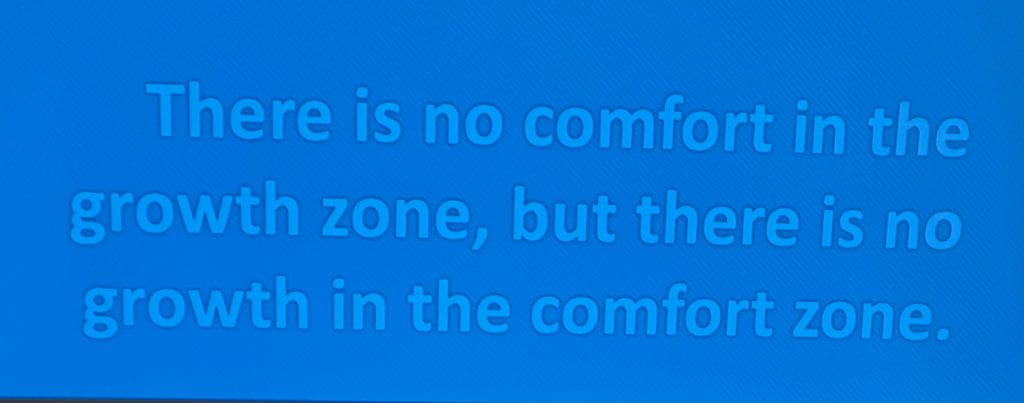
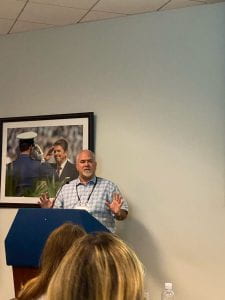

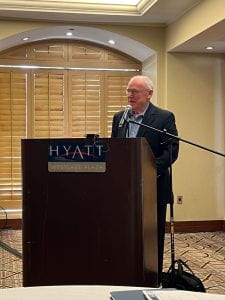
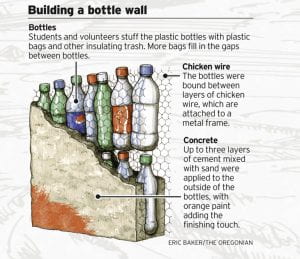






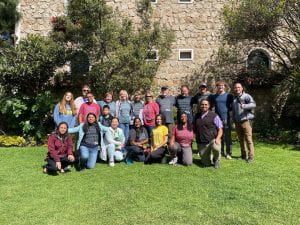


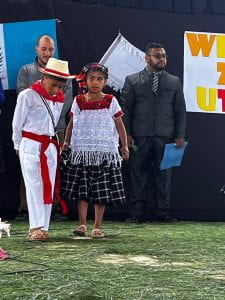



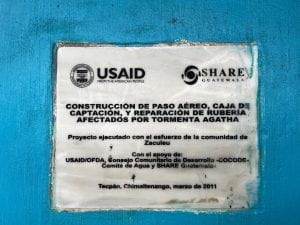






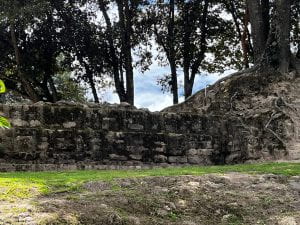





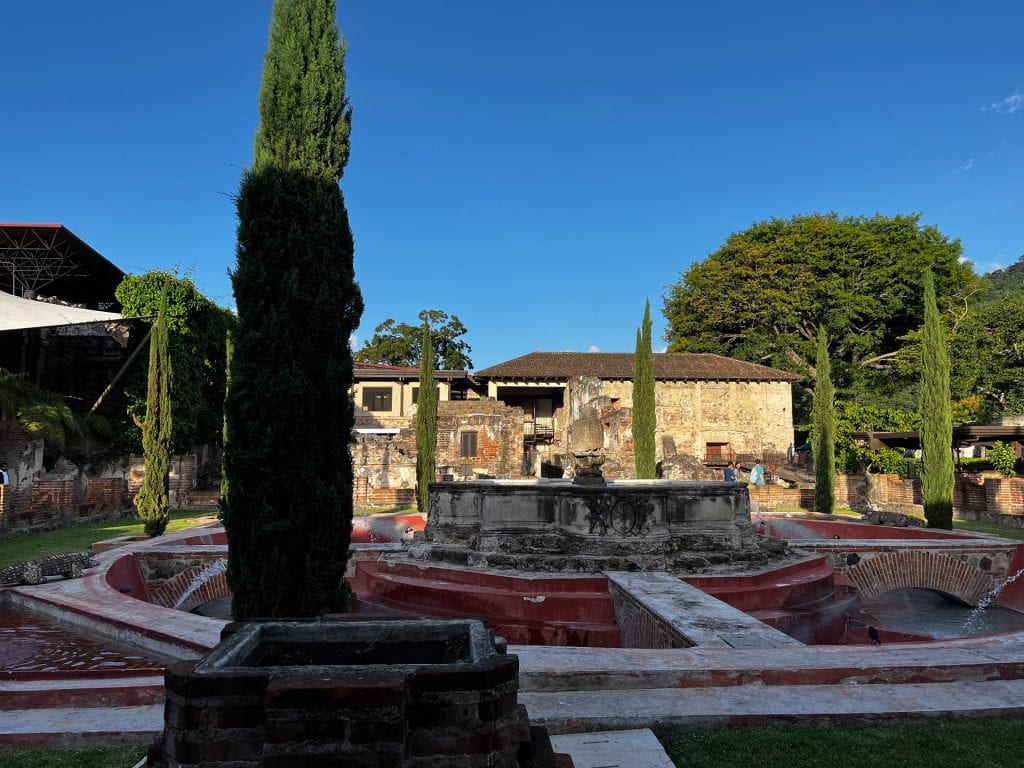


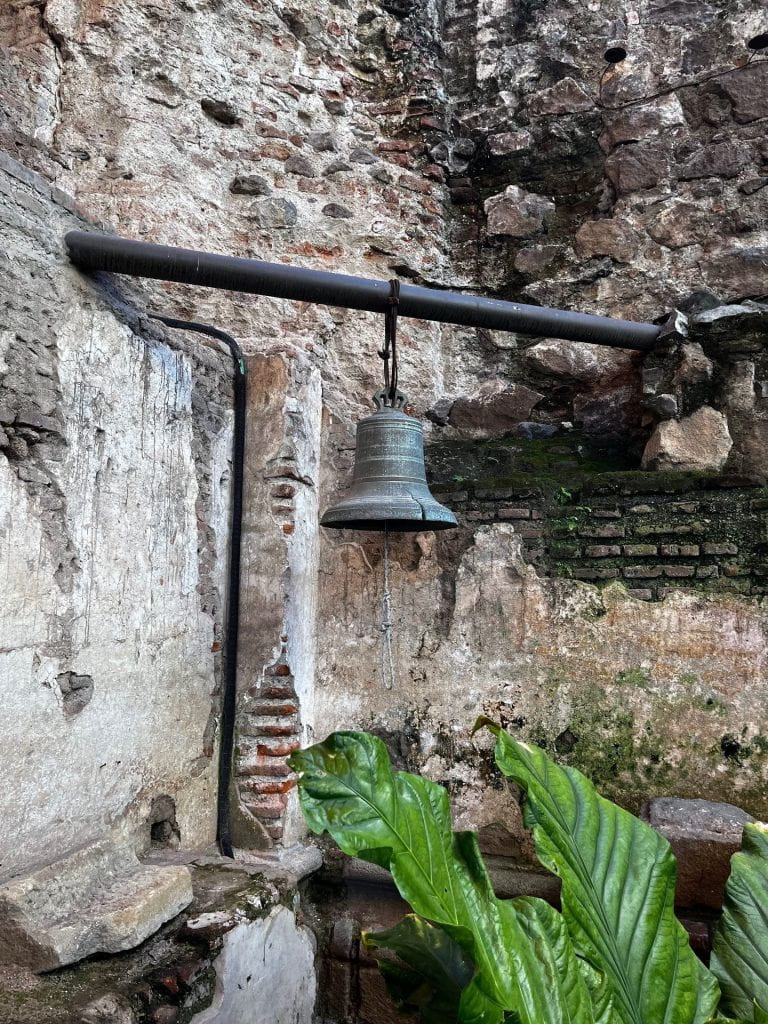



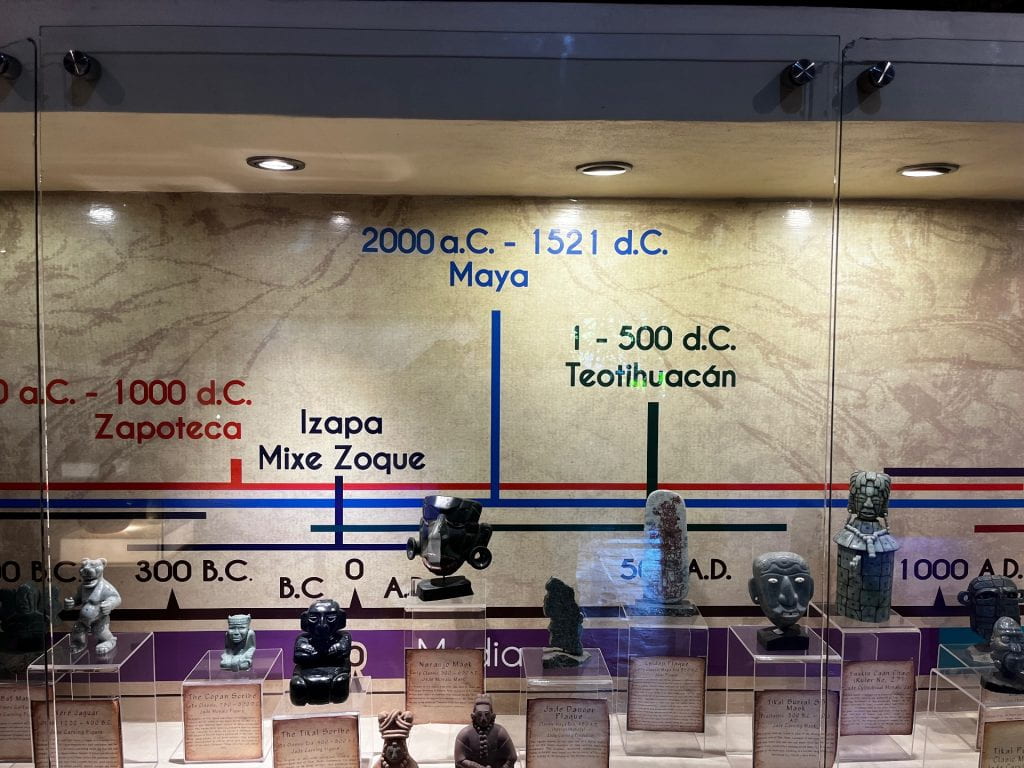

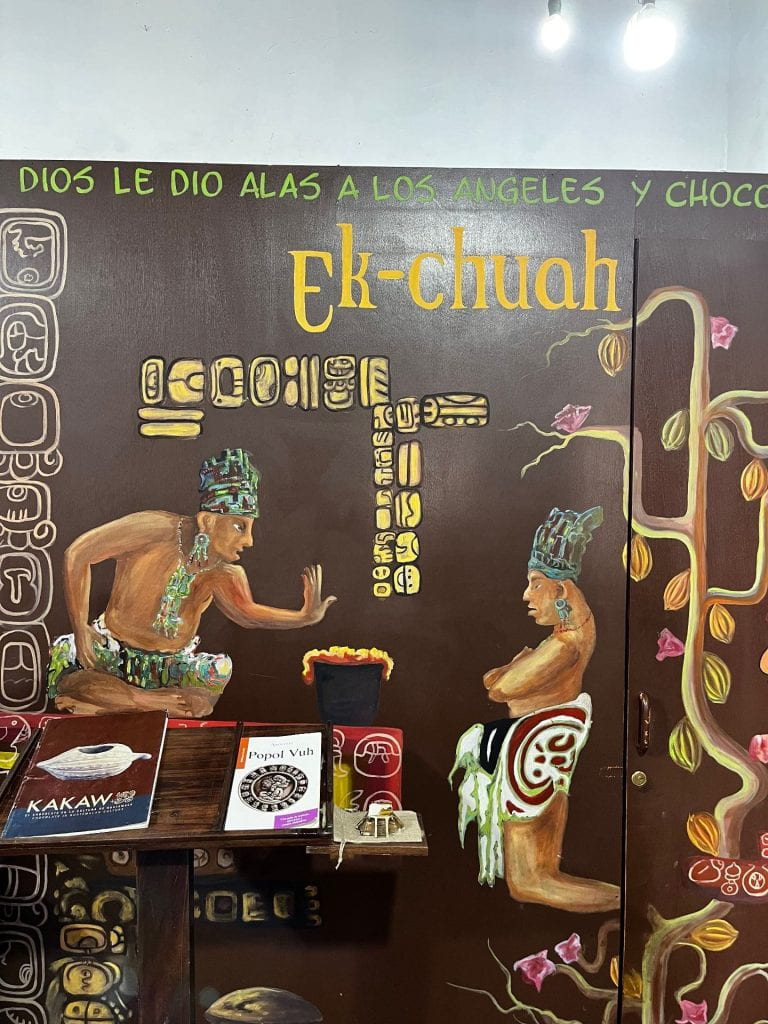

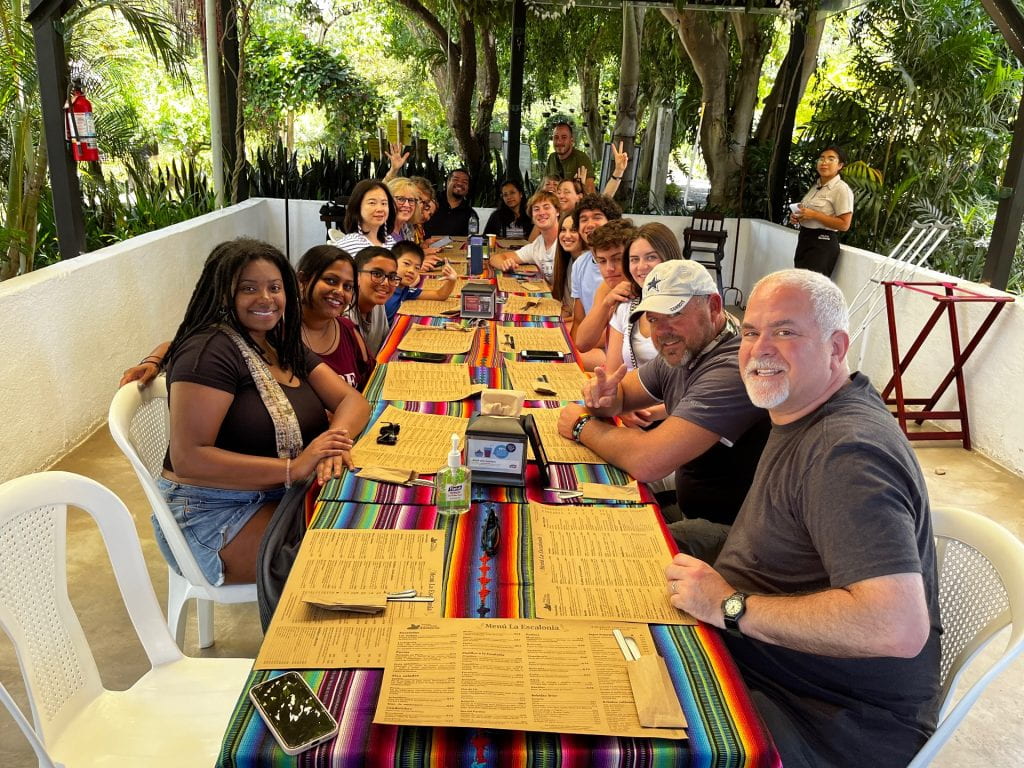
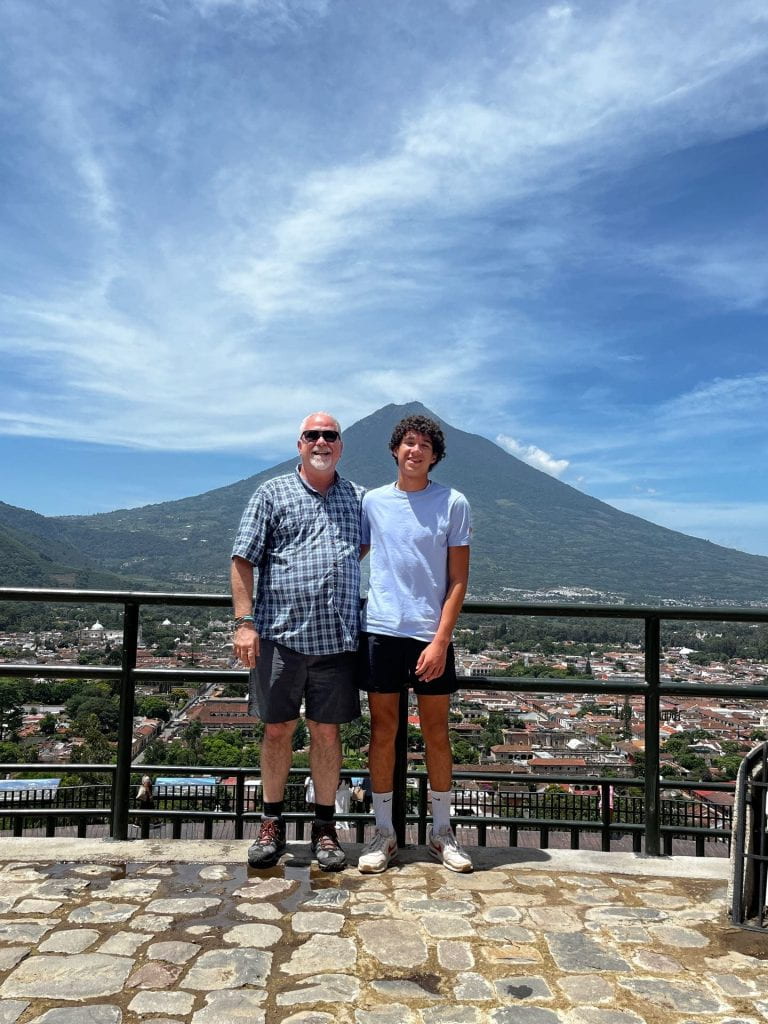


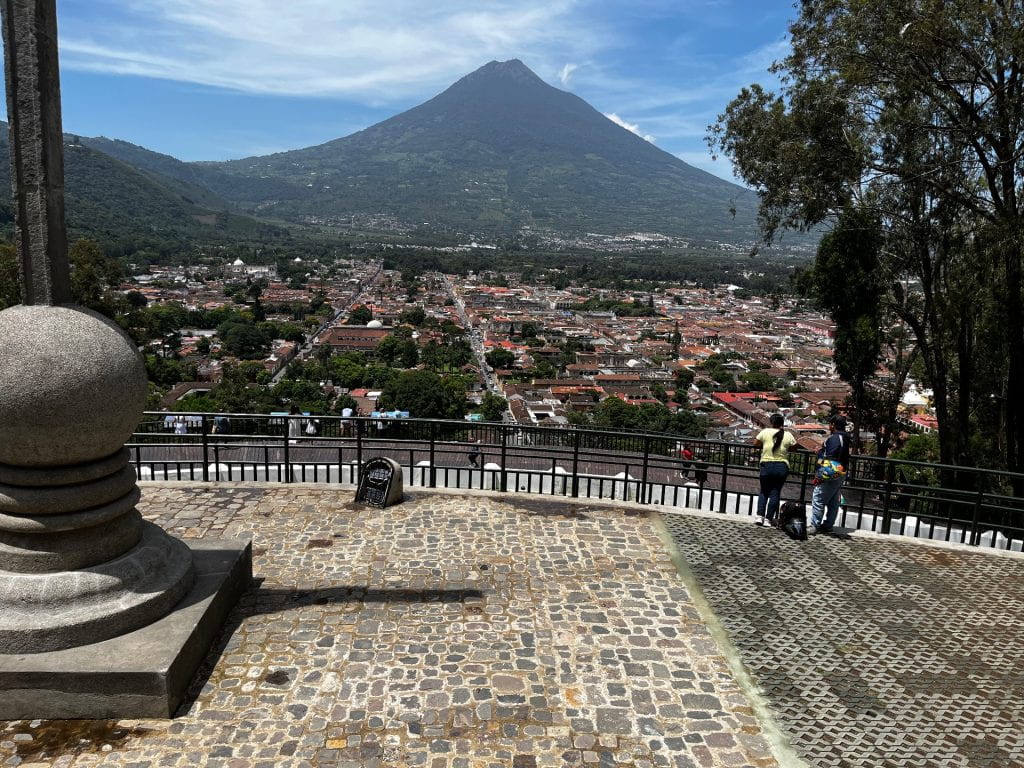

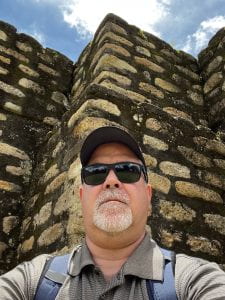

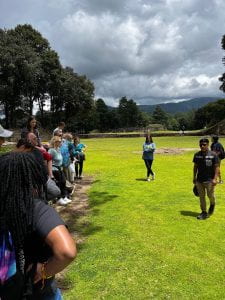




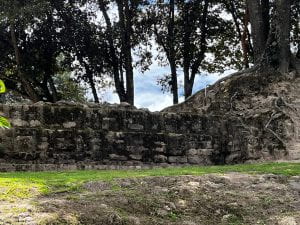
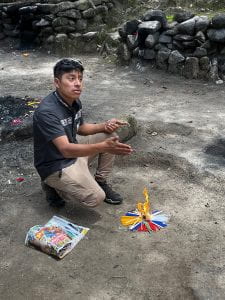
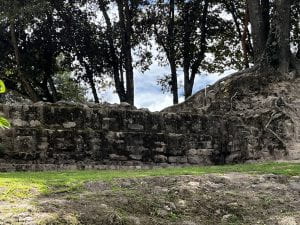
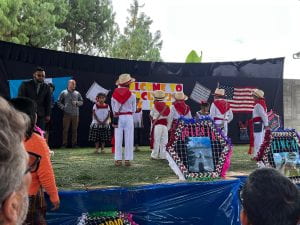
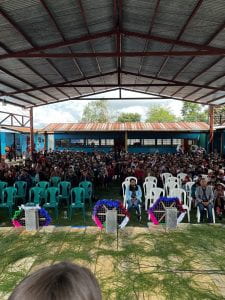

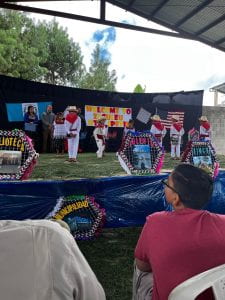
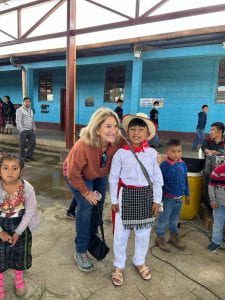
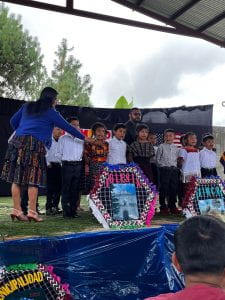
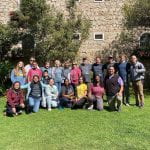

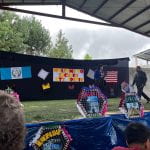















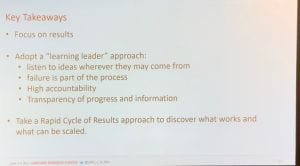 In the 2021-2022 school year, we chose to implement a robust planning and results-oriented project at both K-5 dual language (Spanish/English) schools in the District, Oak Terrace and Red Oak. Our main work has always been to create conditions that support student growth, learning, and teacher collective efficacy.
In the 2021-2022 school year, we chose to implement a robust planning and results-oriented project at both K-5 dual language (Spanish/English) schools in the District, Oak Terrace and Red Oak. Our main work has always been to create conditions that support student growth, learning, and teacher collective efficacy. 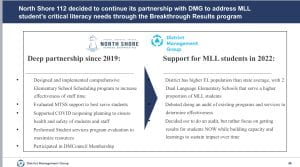
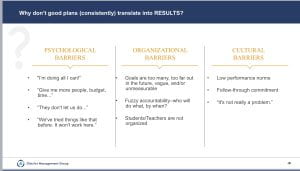
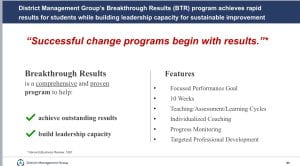 existing structures (teacher team planning/group thinking time) student learning (using assessment tools), instructional coaching (District teacher leaders), administrative collaboration (co-designing and considering solutions) all to help us do our work better.
existing structures (teacher team planning/group thinking time) student learning (using assessment tools), instructional coaching (District teacher leaders), administrative collaboration (co-designing and considering solutions) all to help us do our work better.